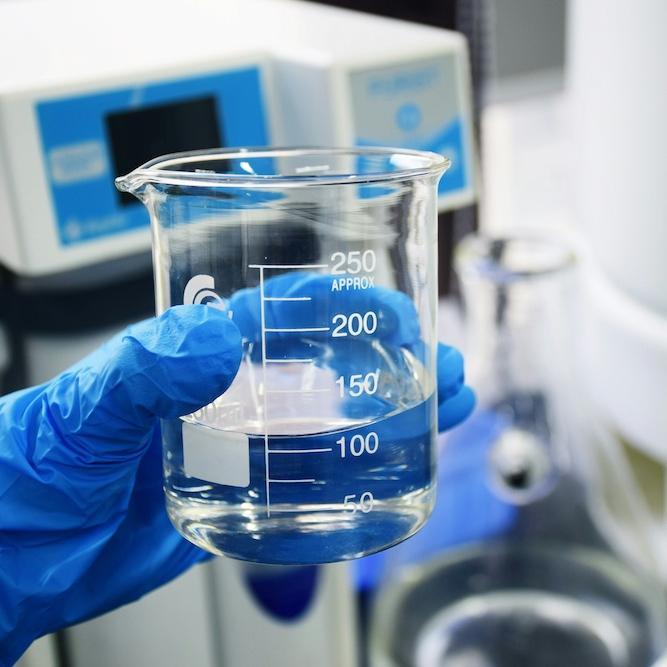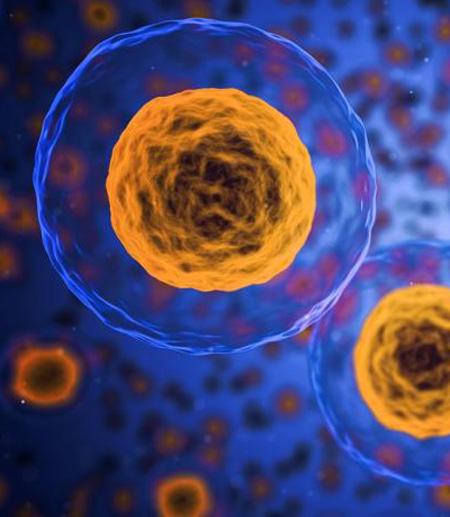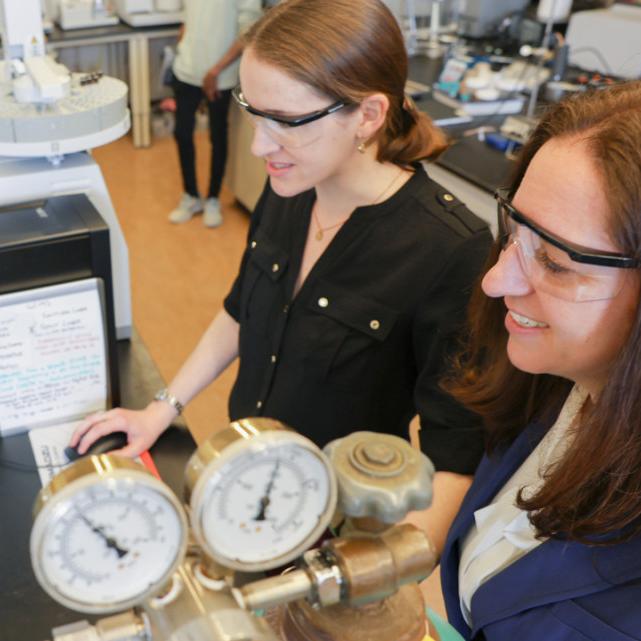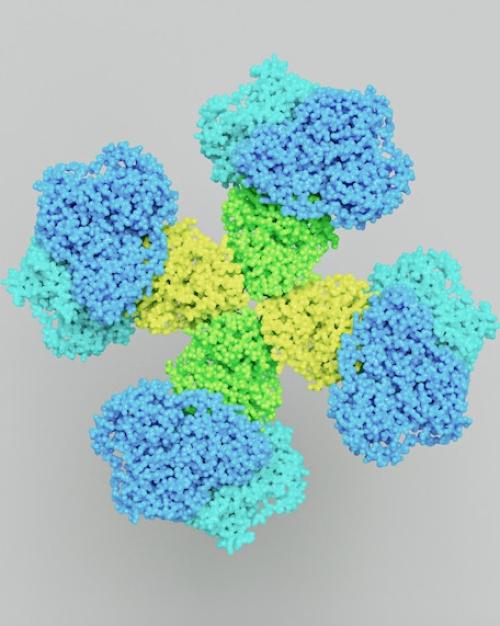More than 100 Cornell researchers from Cornell's Ithaca campus and Weill Cornell Medicine gathered for a two-day workshop in mid-October to discuss structural biology, which encompasses research exploring the three-dimensional structures of macromolecules including proteins and protein complexes that are of critical importance to the study of normal physiology and disease. The event was held at Weill Hall on the Ithaca campus.
The workshop was organized by Alessio Accardi, professor of physiology and biophysics in anesthesiology at Weill Cornell Medicine, and Richard Cerione, Distinguished Professor of Arts and Sciences in Chemistry and Chemical Biology in the College of Arts and Sciences. Accardi and Cerione planned the October workshop as the first in a series of events to facilitate and strengthen intercampus collaboration on structural biology research.
“Structural biology is a strategic area of focus at both Cornell campuses,” Accardi said. “Only once we know what a biological molecule looks like – and how it dynamically adapts its shape in response to changes in its environment – can we begin to understand its function. This knowledge is key to enable the design of targeted pharmacological interventions that specifically manipulate the activity of biological macromolecules in health and disease.”
Proteins play significant roles in how cells normally behave. When mutations cause genetic damage, proteins may be altered and stop functioning in a properly regulated way. This dysregulation may give rise to disease, including cancer and Parkinson’s disease. Because protein structure dictates protein function, researchers and clinicians need to understand the three-dimensional structure of proteins to answer questions about their role in disease and to develop drugs that target particular proteins to block or activate their functions.
The workshop brought together researchers from Cornell’s Ithaca campus and from Weill Cornell Medicine to generate cross-campus connections and discover opportunities to work together. “We have researchers in Ithaca who are strong in structural biology, but they also have an interest in biomedical questions,” said Cerione. “Researchers at Weill Cornell Medicine have similar interests in structural biology and can bring in the clinical perspective, explaining where the clinical problem is, and that cross-pollination and shared conversation is the goal. Connecting the people from labs on each campus makes a profound difference.”
The event included 15 talks by faculty from Cornell-Ithaca and Weill Cornell Medicine, a poster session, and roundtable discussions focused on diversity and inclusion and on strengthening the interactions between the two campuses.
With advances in research technology, structural biology is evolving rapidly, and Cornell’s facilities allow researchers to stay on the leading edge of the field. The Cornell High Energy Synchrotron Source (CHESS) gives Cornell researchers access to X-ray crystallography, a crucial technique for imaging proteins’ three-dimensional structure. Researchers isolate a protein and turn it into a crystal; the crystals are then placed in an X-ray beam in the synchrotron. The diffraction of the X-rays off the protein crystals enables researchers to image the three-dimensional structure of the protein. More recently, structural biologists at Cornell have begun to use an emerging technique, cryo-electron microscopy, to ascertain the three-dimensional structures of larger proteins and protein complexes that, because of their size, are not amenable to X-ray crystallography. Cryo-electron microscopy is also setting the stage for the next generation of structural biology approaches, called cryo-electron tomography, which will allow researchers to visualize the structures of proteins and protein complexes in their natural physiological setting, living cells.
“It is becoming increasingly clear that leveraging resources across our campuses will be critical, if we are to provide state-of-the art research infrastructure and facilities,” said Emmanuel Giannelis, vice president for research and innovation. “I want to thank all who participated at the workshop and especially Alessio Accardi and Rick Cerione for leading the effort. The workshop has identified several research areas where our faculty lead, as well as opportunities for joint investments in cutting-edge infrastructure.” During his tenure as vice president for research and innovation, Giannelis has worked closely with Hugh Hemmings, senior associate dean for research at Weill Cornell Medicine, in developing and strengthening areas of mutual interest. Hemmings notes that “This workshop illustrates the energy and enthusiasm of our faculty for coming together to address advanced research problems together in structural biology, as well as in other research areas that are thriving on both campuses, including immunology, virology, engineering and computational biology.”
This first structural biology workshop was an important first step toward understanding the opportunities and needs for continued support of structural biology and other research areas across Cornell’s campuses, as well as providing a mechanism for the two campuses to work together in developing and applying newly emerging technologies to address important biomedical questions.





